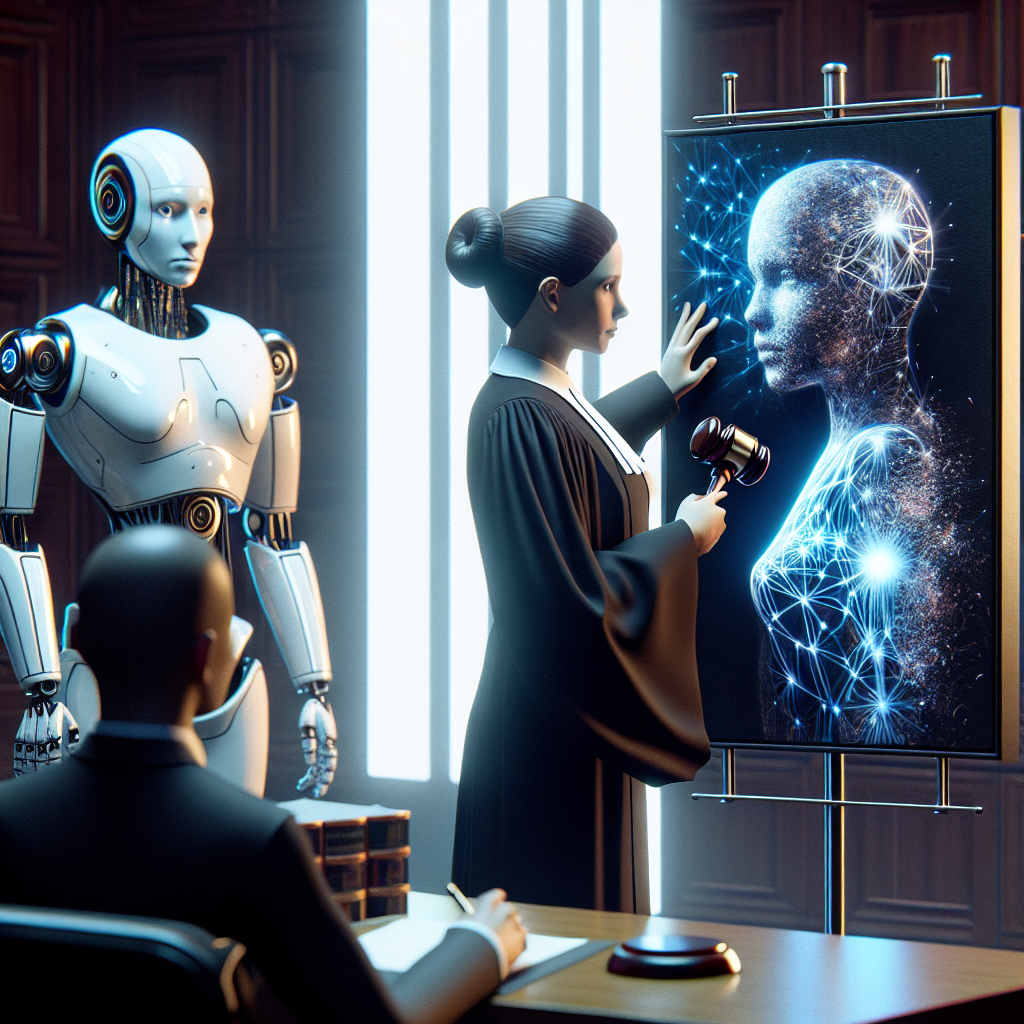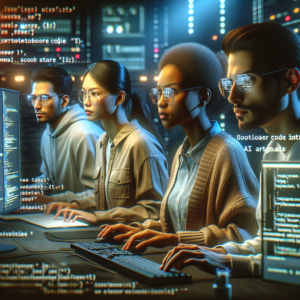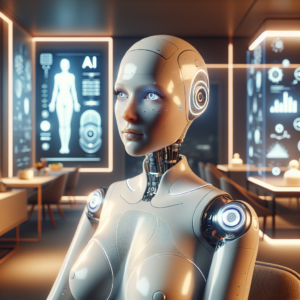US Appeals Court Rejects Copyrights for AI-Generated Art Lacking ‘Human’ Creator
In a landmark ruling that has significant implications for the future of intellectual property rights, a US appeals court has determined that artworks created solely by artificial intelligence (AI) do not qualify for copyright protection. This decision raises pivotal questions regarding the ownership and value of digital art in an era increasingly dominated by AI technologies.
The Ruling Explained
The case arose when an artist sought to claim copyright for a series of artworks generated entirely by AI algorithms. The court ruled against this claim, stating that for a work to be eligible for copyright, it must have a human creator. This ruling is built upon the premise that copyright law is designed to protect the labor and creativity of individuals, and without a human touch, the work falls outside these protective boundaries.
The Legal Framework
Copyright law, as it currently stands, requires a demonstrable human authorship for a work to qualify for protection. The United States Copyright Office has long held that artistic creations must originate from human creativity. The recent ruling reinforces this stance and sets a precedent for similar cases that may arise in the future. Legal experts suggest that this decision could lead to a reevaluation of copyright regulations as AI becomes more sophisticated and prevalent in the creative fields.
The Rise of AI in Art and Creative Industries
As AI technology advances, its application in the creative sectors has exploded. From visual arts to writing and music composition, machines are now capable of producing high-quality work that was once solely the domain of human artists. Programs like DALL-E and MidJourney have demonstrated that AI can generate stunningly intricate images based on simple prompts, blurring the lines between human and machine creativity.
The Impact on Artists
The ruling poses significant implications for artists who are increasingly finding themselves in competition with AI-generated works. As these technologies become more accessible, artists may struggle to prove the uniqueness of their creations. Many artists fear that the increasing use of AI could undermine the value of traditional art forms and lead to a devaluation of human-created works.
Yet, this ruling also offers a clarion call for artists to embrace AI as a tool rather than a competitor. Many are beginning to experiment with incorporating AI into their creative processes, recognizing that it can enhance rather than replace human creativity. The challenge lies in finding a balance where AI assists artists while still preserving their unique contributions.
Ethical Considerations in AI Art Creation
The debate over AI-generated artwork goes beyond legalities—ethical considerations also come into play. If machines can create art, who owns the rights to the output? Is it the programmer, the user, or the AI itself? These questions remain unanswered, as the legal framework struggles to keep pace with technological advancements.
Moreover, the potential for copyright infringement is a growing concern. Many AI models are trained on existing artworks, leading to fears that they could unintentionally replicate someone else’s work. As a result, the lines of originality are increasingly blurred, which could lead to further legal challenges in the future.
The Role of AI in the Future of Art
As innovations in AI continue to evolve, so too will the conversation surrounding art and creativity. Many industry experts believe that AI can serve as a collaborative partner for artists rather than a replacement. This partnership can lead to new forms of artistic expression that challenge our understanding of creativity itself.
Art has always evolved through technological advancements—consider the impact of the camera, digital tools, and the internet. AI represents the next frontier in this evolution. As artists learn to harness AI’s capabilities, we may witness the emergence of entirely new art forms and movements.
Global Perspectives on AI Art and Copyright
The legal landscape concerning AI-generated art varies significantly around the world. While the United States has taken a clear stance against granting copyrights to AI art, other countries are still grappling with how to approach this emerging issue.
In the European Union, for example, discussions are ongoing regarding the implementation of laws that would recognize the contributions of AI in the creative process. Some nations are considering the notion of ‘AI authorship’ as an emerging concept that could reshape copyright laws globally.
Searching for Solutions
As countries around the world navigate the complexities of AI and copyright, it is essential for stakeholders—artists, technologists, and lawmakers—to engage in a dialogue about the future of creativity. Collaborative efforts can lead to frameworks that protect both human and AI-generated works while fostering innovation.
Organizations advocating for artists’ rights are pushing for legal reforms that recognize the nuances of AI creativity. They argue that while AI-generated art may not fit neatly into traditional copyright categories, it still deserves some form of protection that acknowledges its value as a new art form.
Conclusion: A New Era for Art and Ownership
The US appeals court ruling marks a pivotal moment in the ongoing discourse surrounding AI and copyright. As technology continues to evolve, so too must our understanding of creativity, ownership, and value in the art world.
While the legal landscape may currently seem restrictive for AI-generated art, it also presents opportunities for artists to redefine their roles and explore new forms of expression. In this brave new world of creativity, collaboration between humans and machines could pave the way for a richer and more diverse artistic future.
As we navigate this uncharted territory, it is crucial for all stakeholders to engage in thoughtful discussions that balance innovation with protection, ensuring that both human and AI creativity can coexist and thrive. The future of art may very well depend on it.



